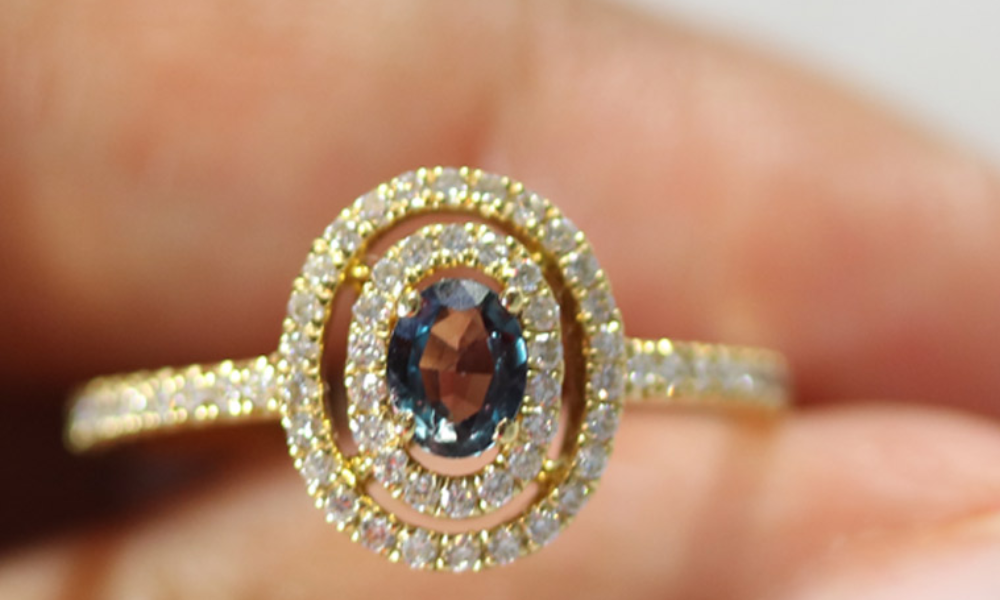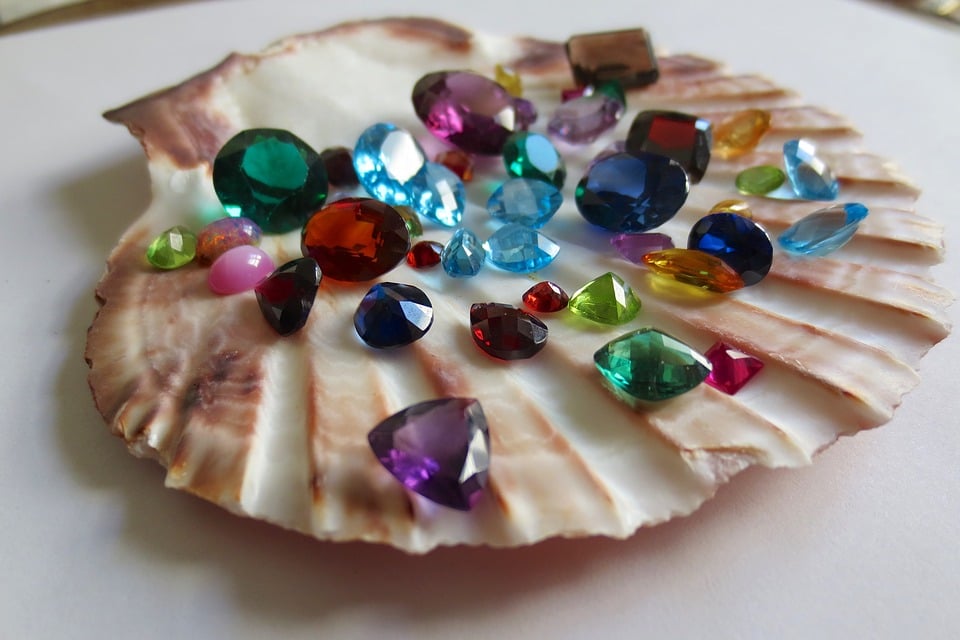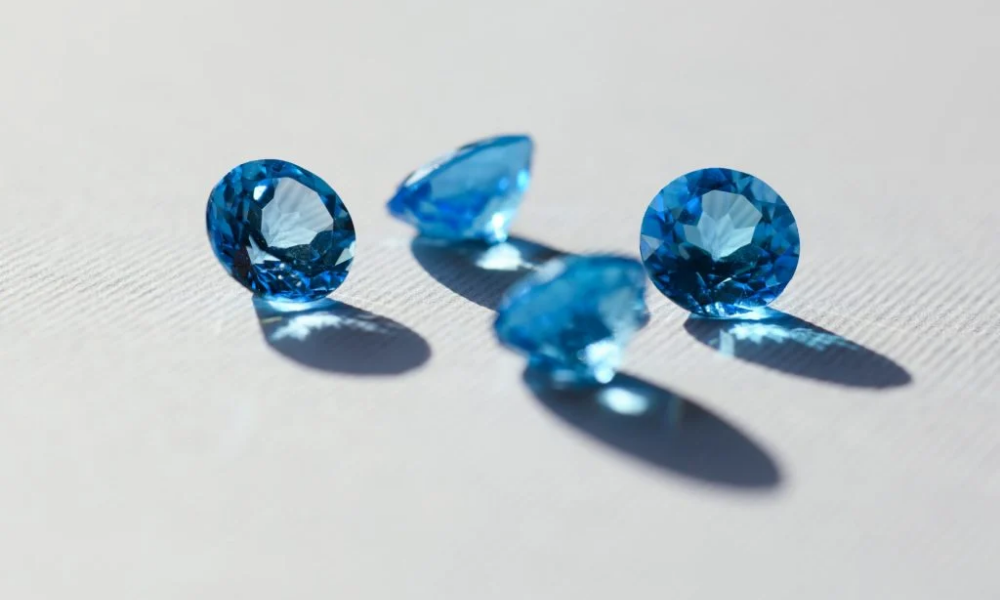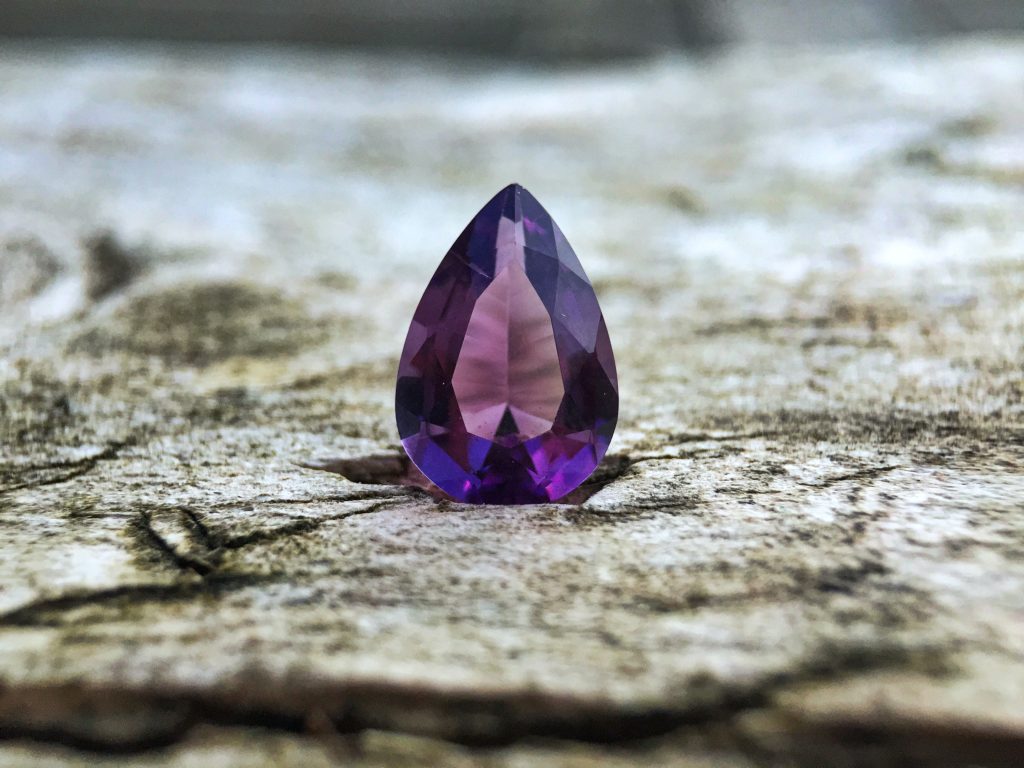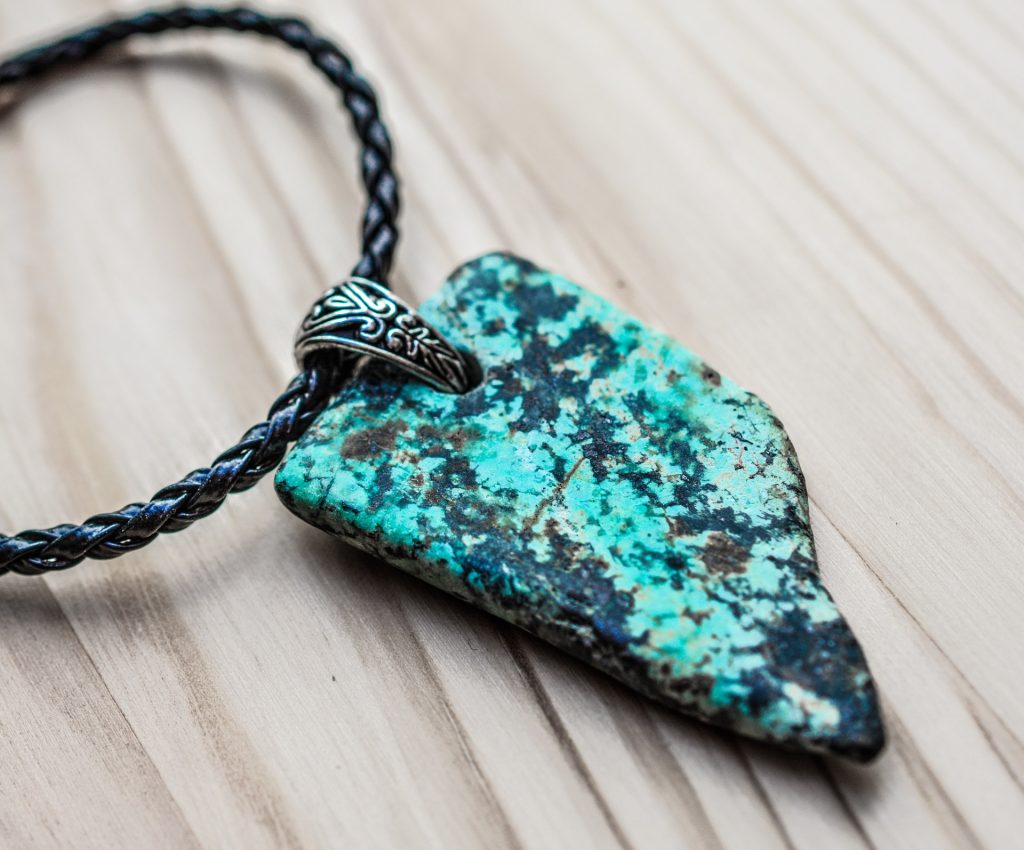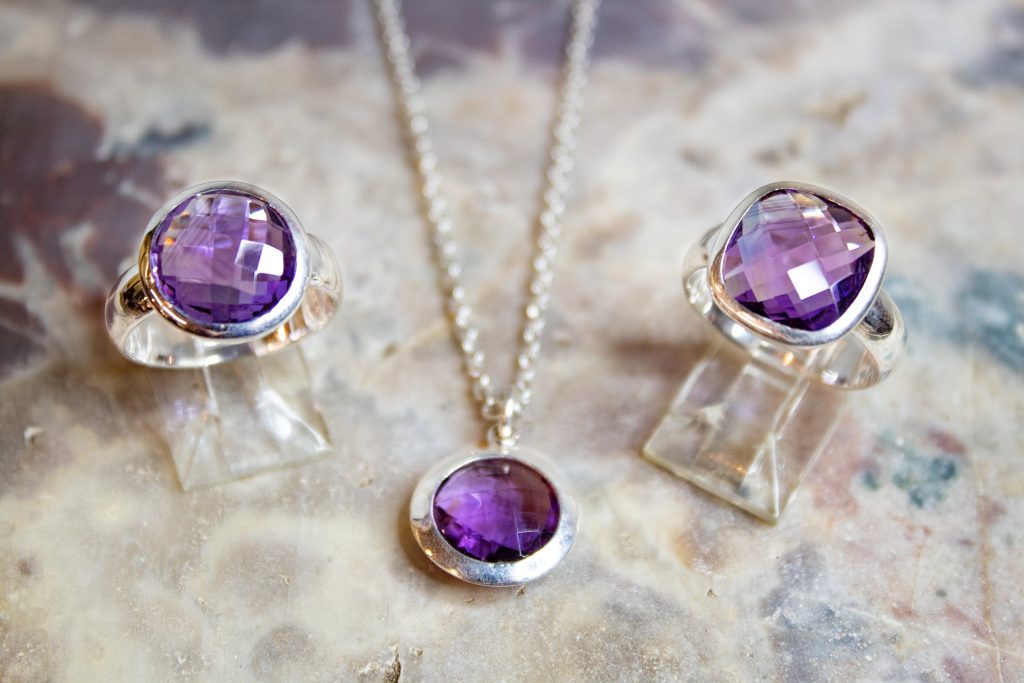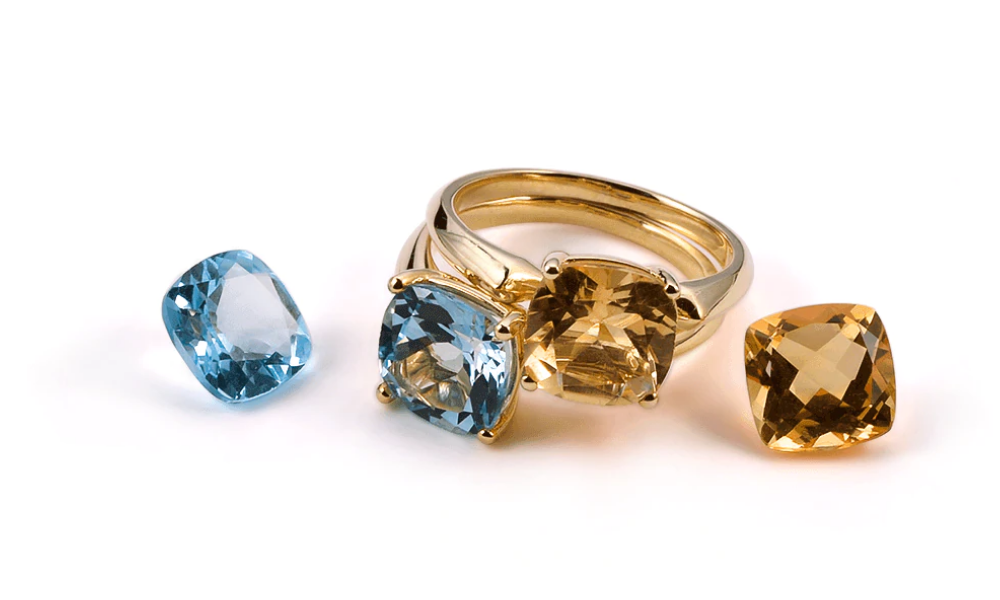In 1830, in the Russian Empire, Alexandrite was found for the first time. Alexander II, the last imperial ruler of Russia, took his name from the precious gem and gave this precious stone its name since the day of its discovery coincided with the birthday of the Emperor. found it in the neighborhood of an emerald mine. Currently, one Can purchase the stone in the form of jewelry, and it is extremely uncommon, which drives up the cost of the stone. If you are interested in purchasing a June birthstone, you might think about purchasing an accessory such as a necklace, ring, or bracelet.
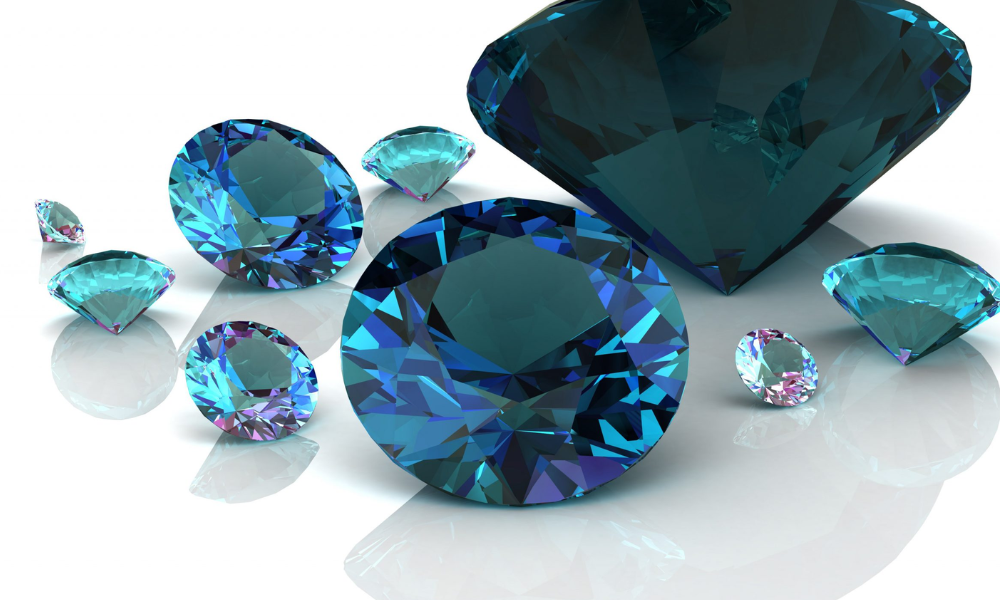
Alexandrite is the diamond representing the month of June, and it is known as the “happy stone.” Because of its propensity to change color when exposed to the light of varying wavelengths, it is sometimes referred to as a “jewel of transition.” The value of the birthstone lies in its symbolic representation of adaptation, metamorphosis, and the balancing of the heart. The birthstone for June is the peridot, which is thought to boost imagination, bolster intuitive abilities, and stimulate creative thinking. Continue reading to find out more information regarding this stone.
Alexandrite Birthstone
A rare form of the mineral chrysoberyl known as Alexandrite may alter its appearance based on the surrounding light. In daytime or fluorescent light, alexandrite birthstones can appear a vibrant green to blue-green, but they display a strong crimson to purple red color in incandescent light. The latter is considered to be the most desirable. Alexandrite deposits of significant size were found for the first time in 1830 in the Ural Mountains of Russia. The young Alexander II (1818–1881), who was the obvious heir to the throne, inspired the naming of this precious stone. Alexandrite came to the public’s attention because the red and green colors in the mineral resembled the national military colors of imperial Russia.
Another phenomenon, known as chatoyancy or the cat’s-eye effect, can occur in this June birthstone when particular kinds of long, thin inclusions are positioned parallel to each other in the stone. There are very few gems that can compare to the beauty and intrigue of a cat’s-eye alexandrite.
History
Alexandrite is a rare type of chrysoberyl found only in a few places on the planet. Alexandrite was discovered in the Ural Mountains of Western Russia in 1830 and named after Alexander II. Those earliest alexandrites were of exceptional quality, with vibrant colors and dramatic color shifts. Unfortunately, the Ural Mountains’ alexandrite mineral reserves have now been depleted. Alexandrite is now found in Sri Lanka, Zimbabwe, and Brazil, among other places. Burma, Madagascar, and Tanzania have all discovered deposits.
In the 1960s, lab-grown Alexandrite was developed due to a lack of natural supplies. Alexandrites can be generated using melt, hydrothermal, or flux processes in a laboratory. These manufactured stones’ chemical and physical properties are identical to those of real alexandrites. Despite being significantly less expensive than real alexandrites, synthetic alexandrites are among the most expensive synthetic gemstones available. The hue of synthetic alexandrites tends to alter from blue to purple.
Alexandrite Color & Value
What exactly is the color of Alexandrite? The answer to that question will depend on how the room is lit. The most exquisite instances of Alexandrite have the distinctive quality of changing color from green to red when illuminated by incandescent light, while other types of lighting, such as natural light or fluorescent light, cause the stone to appear green. The color change of Alexandrite is so striking that the phenomenon is commonly referred to as “the alexandrite effect.” Although the color of other gems can shift depending on the light source, Alexandrite’s shift is the most noticeable. The presence of minute levels of chromium in Alexandrite is responsible for its chameleon-like qualities.
The color of Alexandrite and how its hue shifts through time are important indications of its total worth. Even though most alexandrites are less than a centimeter, stones larger than one carat can sell for anywhere from $50,000 to $70,000 per carat. When some kinds of long, thin inclusions are aligned parallel to one another, they have the potential to produce different phenomena known as chatoyancy, also known as the cat’s-eye effect, which raises the total value of the Alexandrite.
Features
The Mohs Hardness Scale assigns Alexandrite a rating of 8.5 on the hardness scale, making it a durable gemstone suited for everyday use and compatible with virtually any setting.
When it comes to cleaning Alexandrite, it is always a safe strategy to use a soft brush and warm, soapy water. Should use this combination to clean the stone. Ultrasonic and steam cleaners are generally safe to use on jewelry due to their high durability; nevertheless, we recommend double verifying with a qualified jeweler before using either method. Gemstones that have been fracture-filled should only be cleaned using warm, soapy water.
The Quality Of Alexandrite Gems
When determining the value of an alexandrite, it is imperative to consider the intensity of the color change. If the color change is both complete and dramatic, the gemstone is considered to be rare and hence has a higher value. Clarity and cutting quality of the stone are two additional aspects. Should take into consideration.
In Russia, Alexandrites are considered a higher grade and color than other gemstones, contributing to their higher price.
What Color is June’s Birthstone?
June: Alexandrite & Pearl
Pearl and Alexandrite are June’s birthstones, and they are truly one of a kind because June has more than one birthstone. Alexandrite is a unique gemstone that can “change color.” It appears green in natural light but takes on a more purple-red hue when illuminated by incandescent or artificial light.
Is The Pearl Or The Alexandrite The Birthstone For June?
Even though Pearl, Moonstone, and Alexandrite are all considered to be June birthstones, Alexandrite is the one that is most commonly acknowledged as being June’s genuine birthstone. When. Considered that Alexandrite was more abundant than pearls, the latter stone was replaced with Alexandrite as the official birthstone.
Does Lab-Created Alexandrite Change Color?
It went from being blue to a very dark purple in an instant. The stone is set in a lovely mounting and has been given an emerald cut. My birthday is in June, and a friend gave me a ring. There is a little probability that the Alexandrite you have is a natural stone.
Why it is that June Has Three Different Birthstones?
The primary reason why some months have more than one birthstone is that numerous old stones have become extremely uncommon. As a result, it is much less probable that these stones will be accessible on the market and will be able to fulfill the requirements of customers.
What Is The Significance Of The Birthstone Known as Alexandrite?
Alexandrite is known as the “gemstone of luck,” “gemstone of fortune,” and “gemstone of intelligence.” It can help you find harmony within yourself by bringing together your physical and spiritual aspects in a way that is representative of the balance that exists between the two. Alexandrite is a relatively recent addition to the gemstone family, and it was in Russia in the 1830s that the discovery was made.
Is Alexandrite Rare?
The extremely rare color-changing variation of the mineral chrysoberyl known as Alexandrite is sometimes referred to as “emerald by day and ruby by night” by those passionate about precious stones. It was first discovered in the 1830s in the Ural Mountains of Russia, but it is now also found in Brazil, East Africa, and Sri Lanka. However, high-quality specimens are extremely difficult to find and expensive.
Because it contains minute amounts of chromium in its crystal structure, the color of this gem shifts from a bluish-green in natural light to a purplish-red in artificial light, even though Alexandrite was discovered in Brazil. In several other countries, which increased its availability, it is still uncommon compared to other types of gemstones, such as diamonds.
Conclusion
Alexandrite is a unique stone that represents the month of June as the birthstone. Specific wavelengths of the spectrum are absorbed, while others are reflected. Because of the trace levels of chromium in it, it absorbs a lot of green and yellow light. The artificial light we use today does not have many of these colors. As a result, you should think about giving this stone as a June birthstone gift. The birthstone of June is an excellent choice for a unique and valued present.
Pearls and moonstones aren’t the only June birthstones. Alexandrite, commonly known as garnet, is a unique stone appropriate for June. Alexandrite is a great alternative to the classic pearl if you’re searching for something a little different. Pearls are a timeless natural marvel made of layers of lustrous nacre created inside mollusk shells.

